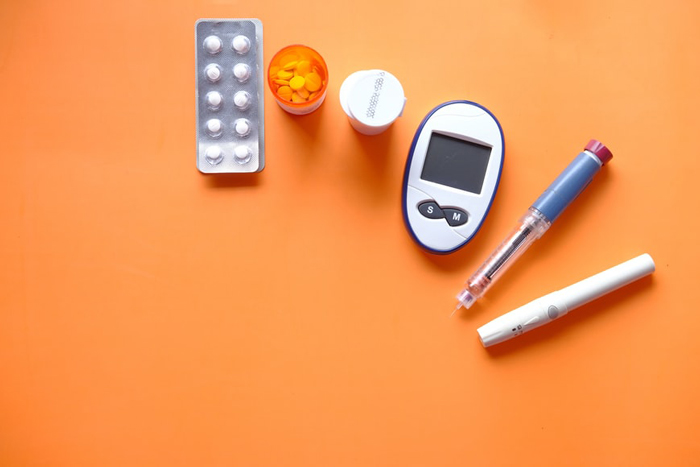The incidence of diabetes is constantly increasing, and this applies both to the first and second types. Diabetes is a disease in which a person’s blood sugar becomes too high. The first type develops when the body’s immune system attacks and develops cells that produce insulin. On the contrary, the second type is marked by the body’s failure to produce enough insulin or by a situation where body cells do not respond to insulin. The second option is more common – it accounts for about 90 percent of diagnosed cases of diabetes.
As with any other disease, diabetes has a range of signs and symptoms that can point to the problem, but the body can send signals when a person is in the pre-diabetes stage. At this point, blood sugar levels are already above normal, but not high enough to classify the person as having diabetes. You need to know them to get timely medical attention and avoid serious health risks.
A rash is considered a “warning sign” of pre-diabetes. It can appear anywhere on the body – from the feet to the ears. Its appearance can also be different, so pay attention to it. Patients with diabetes have five types of rashes:
- diabetic bullosis
- diabetic dermopathy
- diabetic lipoid necrobiosis
- digital sclerosis
- diabetic foot syndrome
Diabetic bullosis is painless blisters that can form on the backs of the hands and feet, as well as on the legs and forearms. Because of its appearance, it is also called “diabetic bullae”. This condition is common in people with diabetic neuropathy, where nerves are damaged as a result of diabetes.
With diabetic dermopathy, there are light brown spots of scaly skin on the shins. They often appear as patches and do not require treatment. However, this is an important signal from the body that something is wrong.
Diabetic lipoid necrobiosis associated with degeneration or necrobiosis of collagen manifests itself as a rash on the legs and inflammation marked by raised and shiny skin areas with yellow lesions. Dense plaques are formed due to untypical fat deposition. Lipoid necrobiosis more often occurs in women.
Digital sclerosis is when the skin on the back of the hands becomes hard, thick, and waxy. The main risk is that it can cause stiffness in the joints of the fingers. Less commonly, stiffness can reach the forearms, back, elbows, and knees. Dermatologists can treat this form of rash.
Diabetic foot syndrome is ulcers that develop as a result of skin lesions. They should heal for a long time and even become infected if you do not take care of the skin of the legs. This area is the most vulnerable for diabetics.
Those who suffer from diabetes also develop other skin conditions that require careful treatment. They include:
- eruptive xanthomatosis (spotted yellow or reddish rash, often around the eyes)
- black acanthosis (hyperpigmentation of the skin in the folds of the body)
- lichen planus (often with itchy papules)
- acquired reactive perforated collagenosis (with papules)
- disseminated granuloma annulare (pink or purple, often mesh-like, scattered rashes)
- vitiligo (disappearance of pigmentation in rare areas of the skin)
- various skin neoplasms
To prevent diabetes and other illnesses, you should carefully monitor your diet, avoid adding sugar every day, try to choose healthy farm products and cook at home.







